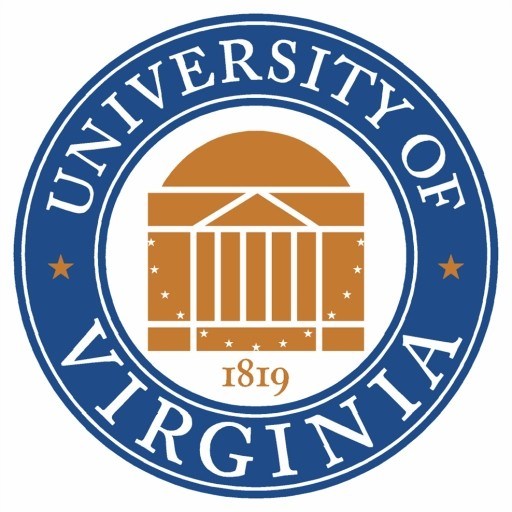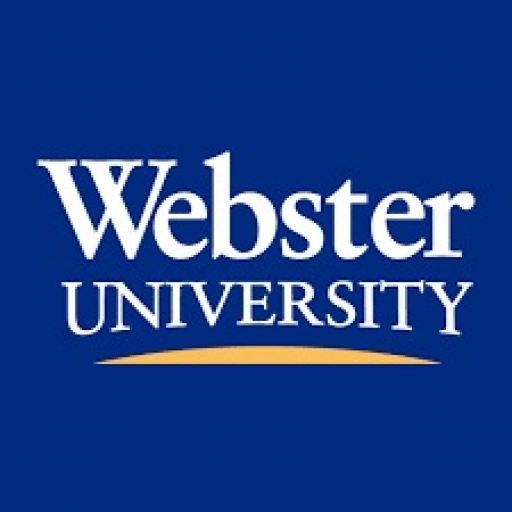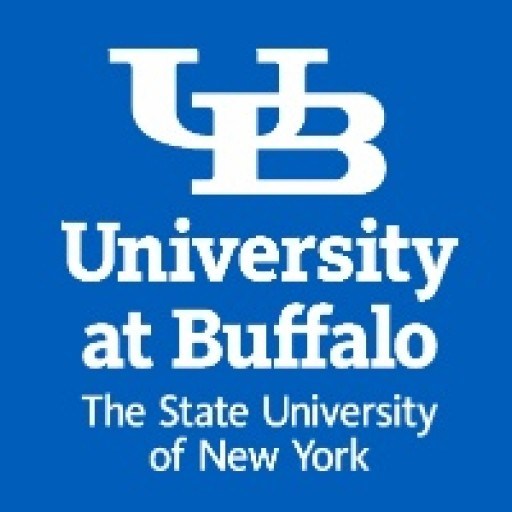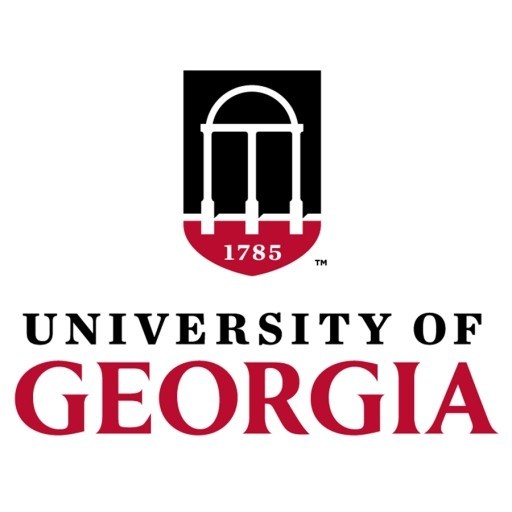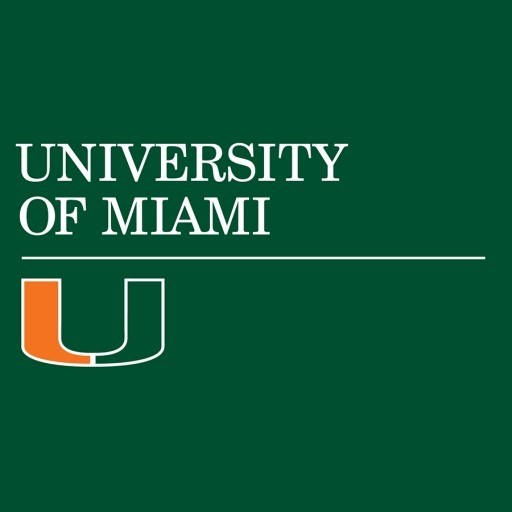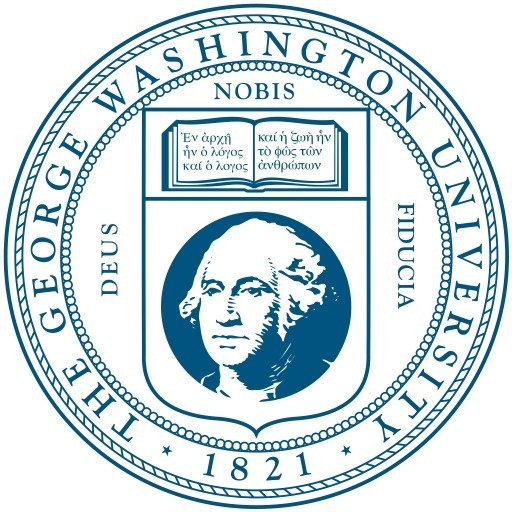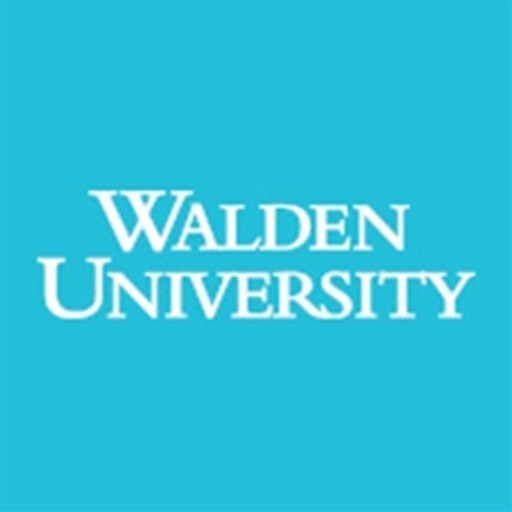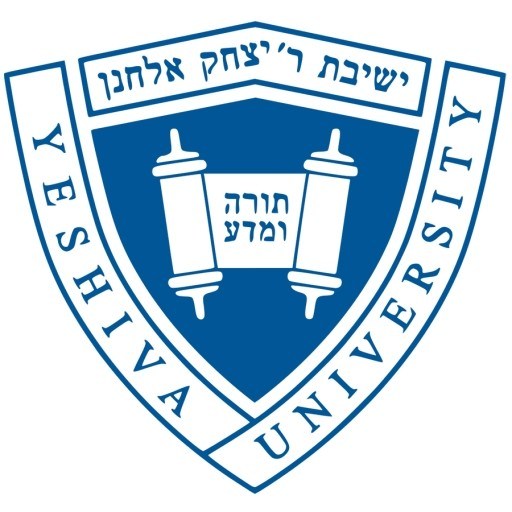The Bachelor of Science in Speech Communication Disorders at the University of Virginia offers an intensive and comprehensive undergraduate program designed to prepare students for careers in speech-language pathology, audiology, and related fields. This program provides students with a strong foundation in the biological, psychological, and linguistic aspects of speech, language, and communication disorders. Throughout their studies, students engage in rigorous coursework covering areas such as phonetics, anatomy and physiology of the speech mechanism, developmental and acquired speech and language disorders, audiology, and the principles of assessment and intervention. The curriculum emphasizes both theoretical knowledge and practical skills, including opportunities for hands-on training through clinical practica, internships, and research projects supervised by experienced faculty members.
Students enrolled in the program develop critical competencies in diagnosing communication disorders, developing effective treatment plans, and implementing evidence-based intervention strategies. The program also promotes an understanding of multicultural and diverse populations, ensuring students are prepared to serve individuals from varied backgrounds. In addition to classroom instruction, students participate in observation and clinical training sessions that involve working directly with clients under supervision, fostering real-world experience and professionalism. The program supports students in developing strong communication skills, empathy, and ethical practice, all essential qualities for effective practitioners in speech therapy and audiology.
Graduates of the program are well-prepared to pursue advanced degrees, including master's programs in speech-language pathology or audiology, or to enter related health and human services fields. The University of Virginia's Speech Communication Disorders program is committed to excellence in education, research, and clinical practice, striving to produce graduates who are knowledgeable, skilled, and compassionate professionals dedicated to improving the quality of life for individuals with communication impairments.
Track I
Classes
The Track I curriculum is designed for (1) individuals with an undergraduate degree in communication disorders, and (2) individuals with an undergraduate degree in something other than communication disorders who have successfully completed all of the ASHA pre-professional courses at another CAA accredited program. The Track I curriculum is completed in five consecutive semesters (summers included).
First year Track I students and second-year Track II students combine to form a cohort and take most classes together. At the outset, the course load is heavy. As you progress through the curriculum, the proportion of your time working with clients increases and the proportion of class time begins to diminish. With time, the initial pattern gradually reverses until you are spending more time in clinical assignments than in class.
The figure below displays the default sequence of Track I courses.
Clinic
Students in our Track I curriculum begin seeing clients right away in our clinic. First clinical assignments always occur in our clinic. Twenty-five hours of clinical observation is the first order of business for Track I Associate Clinicians who have yet to acquire them. Most Associate Clinicians are assigned one or two treatment clients and an occasional assessment at first. Under the supervision and guidance of our Clinical Instructors, Associate Clinicians are responsible for all clinical documents and billing. Individual caseloads increase as an Associate Clinician becomes more capable. By the time Summer Semester arrives, caseloads are substantial. Associate Clinicians carry individual treatment clients, participate in our SPLISH and SPLASH summer camps (children on the autism spectrum and children presenting with phonological/articulation and language disorders), and conduct evaluations.
Involvement in our clinic diminishes as students move on to their school and medical externships. These are about half-time clinical assignments at one of our affiliating sites. Each is a semester-long assignment. The final semester is dedicated to a full-time clinical internship (40+ hours per week for 16 weeks). These occur in Virginia and across the United States. In essence, our new graduates are very familiar with the work-a-day life and responsibilities of an SLP.
At the conclusion of the internship semester, students return to Charlottesville for the comprehensive exam. This is an oral presentation of a real life case study (sort of Grand Rounds presentation of a client seen at the internship site). Students practice these presentations in several classes throughout their studies.
Track I Curriculum
| First Fall | ||
| EDHS 7040 | Linguistic and Cognitive Development | 3 |
| EDHS 7060 | Disorders of Phonology and Articulation | 3 |
| EDHS 7120 | Prevention, Assessment, and Intervention I | 3 |
| EDHS 8090 | Language Disorders I | 3 |
| EDHS 7020 | Evidence Based Practice | 2 |
| EDHS 8691 | Clinical Practicum | 3 |
| 17 | ||
| First Spring | ||
| EDHS 8110 | Neurogenic Communication Disorders | 3 |
| EDHS 8100 | Language Disorders II | 3 |
| EDHS 7140 | Autism | 2 |
| EDHS 8130 | Dysphagia | 3 |
| EDHS 8150 | Clinical Seminar II | 1 |
| EDHS 8691 | Clinical Practicum | 3 |
| 15 | ||
| First Summer | ||
| EDHS 8120 | Disorders of Comm. Based in Cognitive Dysfunction: Adults | 2 |
| EDHS 7080 | Fluency Disorders | 1 |
| EDHS 8170 | Clinical Externship in Speech-Language Pathology | 6 |
| 9 | ||
| Second Fall | ||
| EDHS 8020 | Disorders of Comm: Augmentative and Alternative Comm. | 3 |
| EDHS 7180 | Habilitative Audiology I | 3 |
| EDHS 7090 | Disorders of Voice and Resonance | 3 |
| EDHS 8170 | Clinical Externship in Speech-Language Pathology | 6 |
| 15 | ||
| Second Spring | ||
| EDHS 8998 | Clinical Internship in Speech-Language Pathology | 12 |
| Total | 68 |
Track II
Classes
The Track II curriculum is designed for individuals with an undergraduate degree in something other than communication disorders In the first year, Track II students take (1) pre-professional courses (e.g., Speech & Hearing Science, Clinical Phonetics) with upper-class undergraduate students, and (2) some professional courses (e.g., Articulation and Phonology) with first-year Track I students. In the second year of Track II studies, students are paired with the cohort of incoming first-year Track I students.
Importantly, the Track II curriculum is integrated in every aspect of our Program operations from the very start. It follows that Track II students are involved in every aspect of our Program. We commit about half of the seats in an incoming class to Track II students.
Some applicants have completed 1 or some of the ASHA pre-professional courses at another university, perhaps online. In that case we adapt accordingly and so the curriculum for some students is somewhere between Track I and Track I. That’s not uncommon for us.
The course load in the first year is heavy. There is a lot to learn before you start seeing clients! As you progress through the curriculum, the proportion of your time working with clients increases and the proportion of class time begins to diminish. With time, the initial pattern gradually reverses until you are spending more time in clinical assignments than in class.
The figure below displays the default sequence of Track II courses.
Clinic
Track II students enter our clinic right away. Associate Clinicians observe several clinician-client pairs throughout their first Fall and Spring semesters. Eventually, each Associate Clinician spends a semester observing clients who will become their clients in the next semester. Track II students become responsible for client care in their first Summer semester: one or two treatment clients and an occasional assessment. As an Associate Clinician becomes more capable, additional clients are added to the caseload. Typically Associate Clinicians carry individual treatment clients, participate in our SPLISH and SPLASH summer camps (children on the autism spectrum and children presenting with phonological/articulation and language disorders), and conduct evaluations.
In the second fall semester, caseloads are substantial. Under the supervision and guidance of our Clinical Instructors, Associate Clinicians are responsible for all clinical documents and billing.
Involvement in our clinic diminishes as students move on to their school and medical externships. These are about half-time clinical assignments at one of our affiliating sites. Each is a semester-long assignment. The final semester is dedicated to a full-time clinical internship (40+ hours per week for 16 weeks). These occur in Virginia and across the United States. In essence, our new graduates are very familiar with the work-a-day life and responsibilities of an SLP.
At the conclusion of the internship semester, students return to Charlottesville for the comprehensive exam. This is an oral presentation of a real life case study (sort of Grand Rounds presentation of a client seen at the internship site). Students practice these presentations in several classes throughout their studies.
Track II Curriculum
| First Fall | ||
| EDHS 7040 | Linguistic and Cognitive Development | 3 |
| EDHS 5010 | Clinical Phonetics | 2 |
| EDHS 7120 | Prevention, Assessment, and Intervention | 3 |
| EDHS 7060 | Disorders of Phonology and Articulation | 3 |
| EDHS 7020 | Evidence-Based Practice | 2 |
| EDHS 8090 | Language Disorders I | 3 |
| 17 | ||
| First Spring | ||
| EDHS 8100 | Language Disorders II | 3 |
| EDHS 5050 | Anatomy & Physiology of the Speech and Hearing Mechanisms | 3 |
| EDHS 5020 | Introduction to Speech and Hearing Science | 3 |
| EDHS 5080 | Introduction to Audiology | 3 |
| EDHS 7140 | Autism | 2 |
| EDHS 8691 | Clinical Practicum | 3 |
| 16 | ||
| First Summer | ||
| EDHS 8120 | Disorders of Comm. Based in Cog. Dysfunction: Adults | 2 |
| EDHS 7080 | Fluency Disorders | 1 |
| EDHS 8691 | Clinical Practicum in Speech-Language Pathology | 3 |
| 6 | ||
| Second Fall | ||
| EDHS 8020 | Disorders of Comm.: Augmentative and Alternative Comm. | 3 |
| EDHS 7180 | Habilitative Audiology I | 3 |
| EDHS 7090 | Disorders of Voice and Resonance | 3 |
| EDHS 8691 | Clinical Practicum in Speech-Language Pathology | 3 |
| 12 | ||
| Second Spring | ||
| EDHS 8110 | Neurogenic Communication Disorders | 3 |
| EDHS 8130 | Dysphagia | 3 |
| EDHS 8150 | Clinical Seminar II | 1 |
| EDHS 8170 | Clinical Externship in Speech-Language Pathology | 6 |
| 13 | ||
| Second Summer | ||
| EDHS 8170 | Clinical Externship in Speech Language Pathology | 6 |
| Third Fall | ||
| EDHS 8998 | Clinical Internship in Speech-Language Pathology | 12 |
| Total | 82 | |
Applicants must submit an online application including the following items:
- 2 letters of recommendation with at least 1 from a faculty member. Letters should be solicited through the online application system. If that is not possible, paper letters can be mailed to the address on the Curry Admissions page.
- unofficial transcripts
- unofficial GRE scores
- a goal statement (1-2 pages)
Applicants may submit unofficial test scores and transcripts with their application. However, official test scores (taken with 5 years) and official transcripts showing degree conferral are required prior to matriculation.
The University of Virginia offers various financing options for students enrolled in the Speech Communication Disorders program. Undergraduate students pursuing this degree can apply for federal financial aid programs, including the Free Application for Federal Student Aid (FAFSA), which provides grants, loans, and work-study opportunities based on financial need. The university also offers merit-based scholarships that reward academic excellence and special talents, some of which are specifically designated for students in communication sciences and disorders. Additionally, prospective students may explore state-funded scholarships and grants, like the Virginia Commonwealth Award, which can supplement the cost of education for Virginia residents.
The university has a comprehensive financial aid office dedicated to assisting students in navigating available funding sources. Students are encouraged to complete the FAFSA early to maximize their eligibility for federal aid. In-state students benefit from reduced tuition rates compared to out-of-state students, and there are specific grants and financial assistance programs designed to support in-state learners. Furthermore, the university collaborates with private foundations and charitable organizations that offer scholarships targeted at students pursuing degrees in health sciences, including speech-language pathology and audiology.
Graduate students in the Speech Communication Disorders program may be eligible for assistantships, which provide tuition waivers and stipends in exchange for teaching or research duties. These assistantships are highly competitive but offer valuable professional experience along with financial support. Loan programs through the federal government, such as Stafford and Grad PLUS Loans, are also accessible to graduate students to help finance their studies.
Students are encouraged to explore external scholarship opportunities from professional organizations like the American Speech-Language-Hearing Association (ASHA), which offers scholarships and grants to students demonstrating academic excellence and commitment to the field. Financial planning services are available through the university to help students develop strategies to manage educational expenses effectively. Overall, the University of Virginia provides a diverse array of financing options aimed at making the Speech Communication Disorders program accessible and affordable for qualified students.
The Bachelor of Arts in Speech Communication Disorders at the University of Virginia is a comprehensive undergraduate program designed to prepare students for careers in speech-language pathology, audiology, and related fields. The program offers a rigorous curriculum that combines foundational coursework in communication sciences with practical experiences, research opportunities, and pre-professional training. Students gain a deep understanding of the anatomy, physiology, and psychology of speech and language processes, as well as the assessment and treatment of communication disorders across diverse populations. The program emphasizes critical thinking, research skills, and clinical practice, often providing opportunities for internships or practica in clinical settings. Students are encouraged to develop a strong foundation in ethically and culturally competent care, preparing them for graduate study or entry-level positions in hospitals, schools, rehabilitation centers, and private practices. The curriculum is aligned with the standards of the American Speech-Language-Hearing Association (ASHA), ensuring that graduates meet the prerequisites for graduate programs in speech-language pathology and audiology. Faculty members are active researchers and clinicians committed to student mentorship and advancing knowledge in communication sciences. The program also offers various extracurricular activities, workshops, and seminars to broaden students' understanding of communication disorders and promote professional development. Graduates of the program are well-equipped to pursue advanced degrees or begin careers in areas related to speech-language pathology, audiology, research, or healthcare. With a focus on evidence-based practice, diversity, and innovation, the Speech Communication Disorders program at UVA prepares students to make meaningful contributions in the field of communication sciences and disorders.
